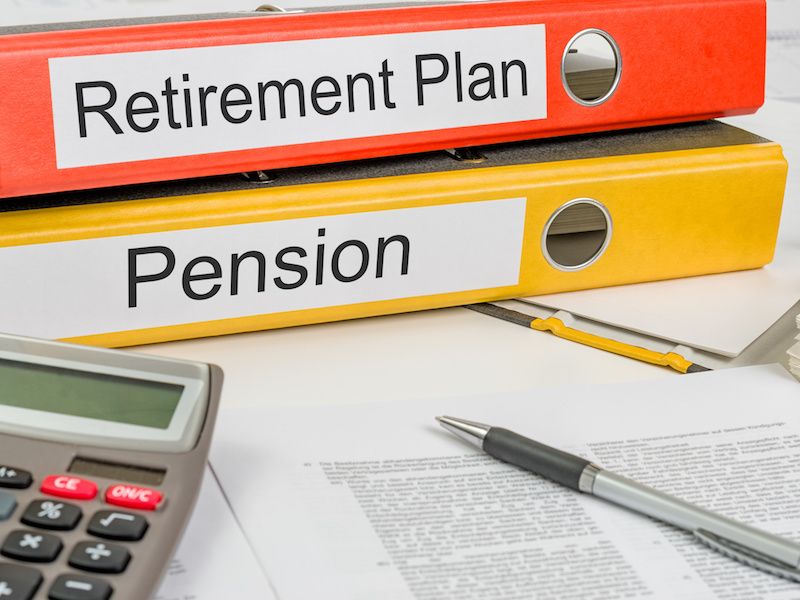

The Halifax Port ILA/HEA has found a way to provide its defined contribution pension plan members with a defined benefit upon retirement — and it’s been doing so successfully for 35 years.
As a private sector multi-employer plan, the pension has about 450 active members, 300 retirees and about $210 million in assets. The DB plan was closed to current service in 1984. Also in the ‘80s, the plan was capped at 25 years of service, whereas many members were working for much longer than that, said Blair Richards, the Halifax Port ILA/HEA’s chief investment officer.
“They effectively could work half of their career without accumulating any higher pension. It was a real problem,” he said during the Canadian Investment Review and Benefits Canada’s 2020 Plan Sponsor Week in mid-August.
After capping out their available DB service, plan members could take advantage of the DC plan, which was introduced in 1985. However, as is the case with DC plans, members didn’t know what retirement income they’d receive from the DC benefit, said Richards. “From early on, we were [determined] to try and ease people’s minds about just exactly what the pension would mean to them when the time came.”
To address this challenge, plan members can use all or a portion of their DC balance to purchase an annuity from the DB plan. “We’ll commute DC balances into the DB formula and offer that to people. What it means is, at retirement, for anybody who had DB service, it’s so much per month per year of service by a maximum of 25 years, so we can show that easily and then we’ll take the balance in the DC and apply that same formula [and] add them together to show them one number.”
As well, although the DB pension plan has a surplus, Richards said he doesn’t want to lock that in because it’s important to protect plan members against inflation.
Allowing DC benefits to be rolled into the DB plan is beneficial for the plan in addition to DC members, he added. Back in 1984, it was predicted that the DB plan would exhaust assets over a relatively short period of time. “The truth is, it’s 36 years later, we have almost exactly the same amount of money in the DB plan as we did in 1984 and a reason is we’re rolling money in there. Everybody’s enjoying the economies of scale and people are seeing that keeping the game going has given them the opportunity to stay ahead of cost of living, which is largely absent in any pension plan, particularly in the private sector now.”
Currently, while many pension plans are looking to annuity buy-ins, buyouts or transferring their assets and liabilities to other plans, Richards notes the Halifax Port ILA/HEA’s solution works.
“The fact is that we have been delivering on this method with respect to our retired employees through historically low interest rates, prescribed historically low solvency values, through liability hits, through increases to longevity, the [group annuity mortality] tables, [mark-to-market accounting rules], market crashes. I mean, we’ve survived a lot of serious exogenous shocks — and some self-inflicted — but we’re still delivering this.”
